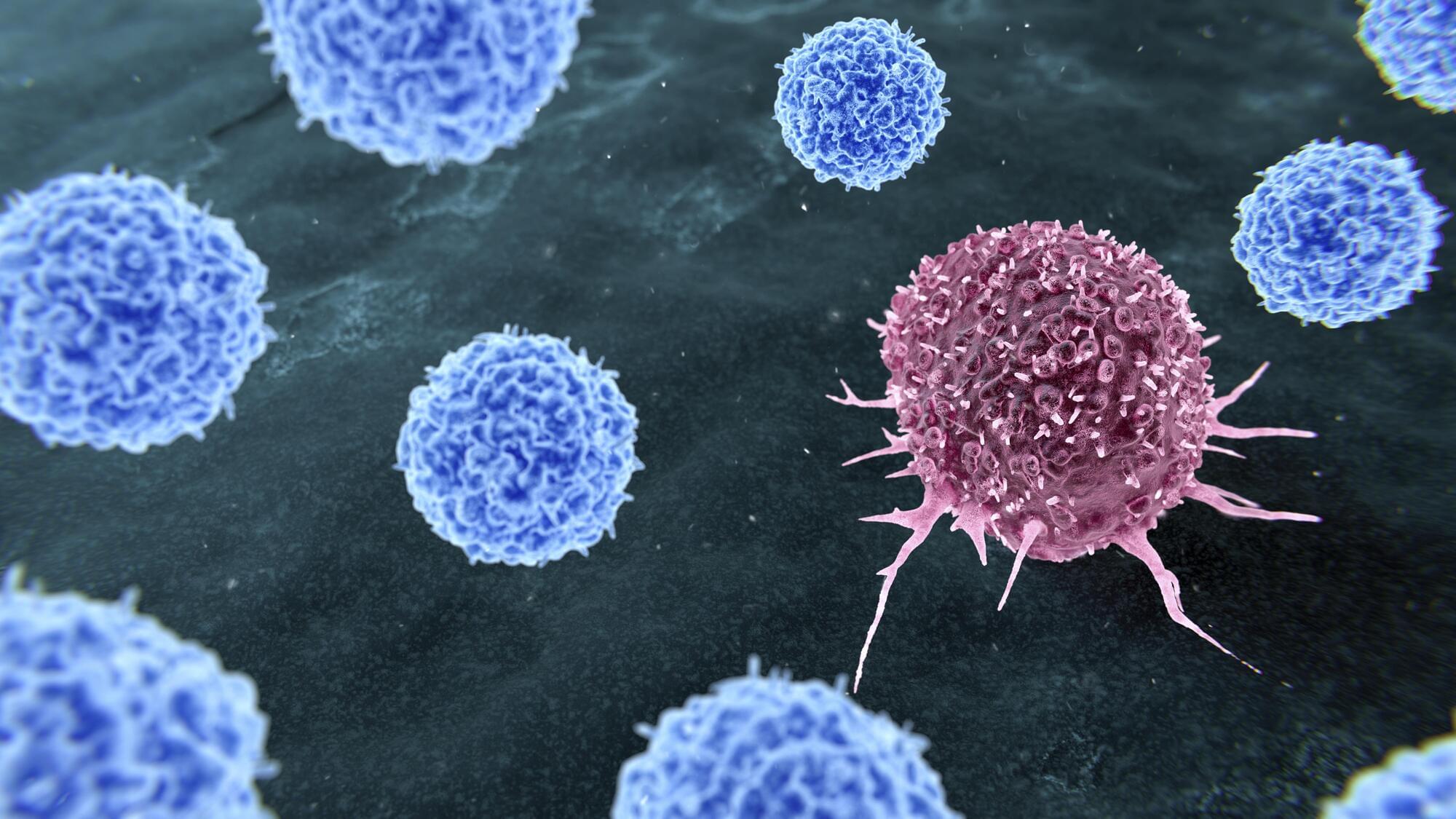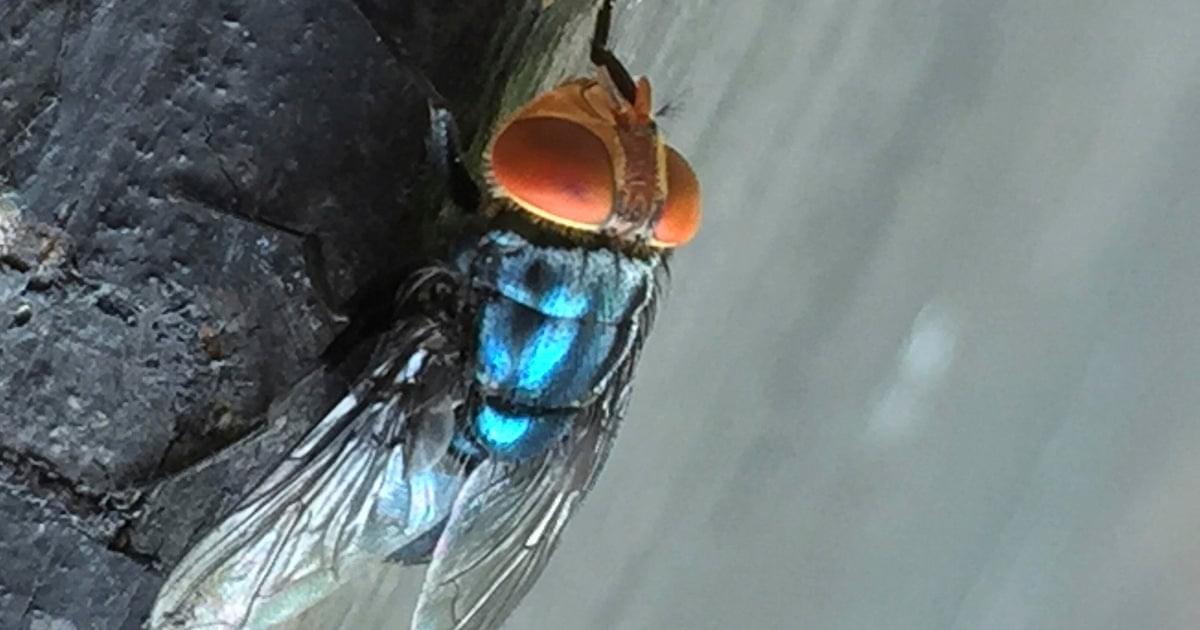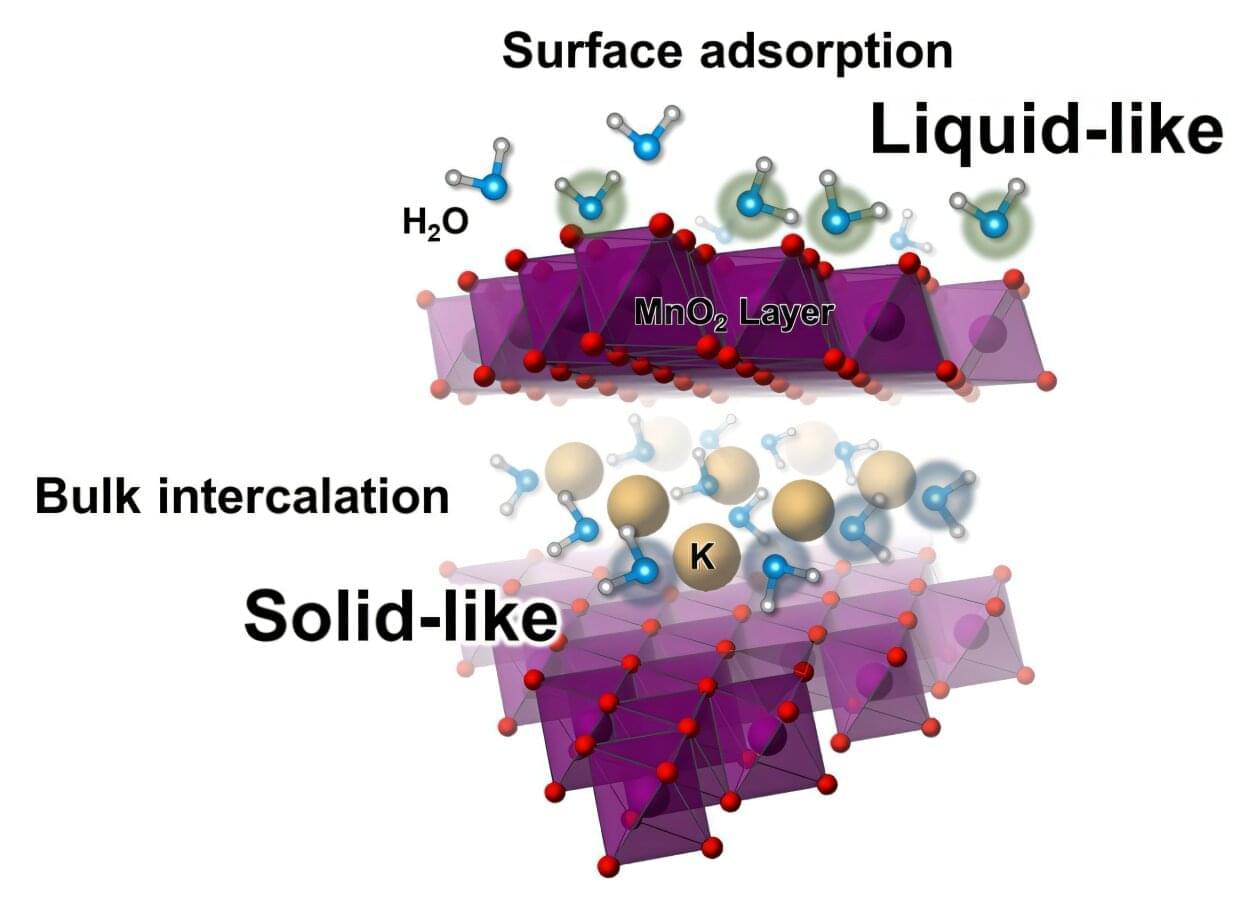3D printing goes way beyond articulated dragons.



Van Leeuwen also cited the example of a group of chimpanzees at a zoo in the Netherlands in which one female started walking as if she were carrying a baby even though she wasn’t.
Soon, all of the females had adopted this walking style, he said. In addition, when two new females were brought into the group, the one that adopted the style swiftly was integrated quickly, whereas the one that refused to walk in the group style took longer to be accepted.
For Van Leeuwen, these behaviors are about fitting in and smoothing social relationships, just as with humans.


Researchers at the Harvard John A. Paulson School of Engineering and Applied Sciences (SEAS) and Technical University of Vienna (TU Wien) have invented a new type of tunable semiconductor laser that combines the best attributes of today’s most advanced laser products, demonstrating smooth, reliable, wide-range wavelength tuning in a simple, chip-sized design.
Tunable lasers, or lasers whose light output wavelengths can be changed and controlled, are integral to many technologies, from high-speed telecommunications to medical diagnostics to safety inspections of gas pipelines.
Yet laser technology faces many trade-offs—for example, lasers that emit across a wide range of wavelengths, or colors, sacrifice the accuracy of each color. But lasers that can precisely tune to many colors get complicated and expensive because they commonly require moving parts.




“This is a huge step forward in the genetic treatment of deafness, one that can be life-changing for children and adults,” says Maoli Duan, consultant and docent at the Department of Clinical Science, Intervention and Technology, Karolinska Institutet, Sweden, and one of the study’s corresponding authors.
Gene therapy involved a synthetic adeno-associated virus (AAV) to deliver a functional version of the OTOF gene to the inner ear via a single injection through a membrane at the base of the cochlea called the round window. The injections were to target mutations in OTOF that can cause deficiencies of the otoferlin protein, that plays key roles in transmitting auditory signals.
According to the researchers, the effects of the gene therapy were rapid, and the majority of the participants recovered some hearing after one month. At a 6-month follow-up, all participants showed considerable improvements, with the average perceptible volume of sound improving from 106 decibels to 52 decibels.

Efficiently capturing and storing excess heat, particularly below 200°C, is paramount to achieving a carbon-neutral society. Every year, factories and homes produce excess heat, much of which gets wasted. Likewise, as the world gets more reliant on renewable energy sources, the need to capture and store heat grows.
A collaboration between Tohoku University and the Japan Atomic Energy Agency has made significant strides in this regard, developing nanosheets of layered manganese dioxide (MnO2) that can store heat even below 100°C.
Details of the study were published in the journal Communications Chemistry.